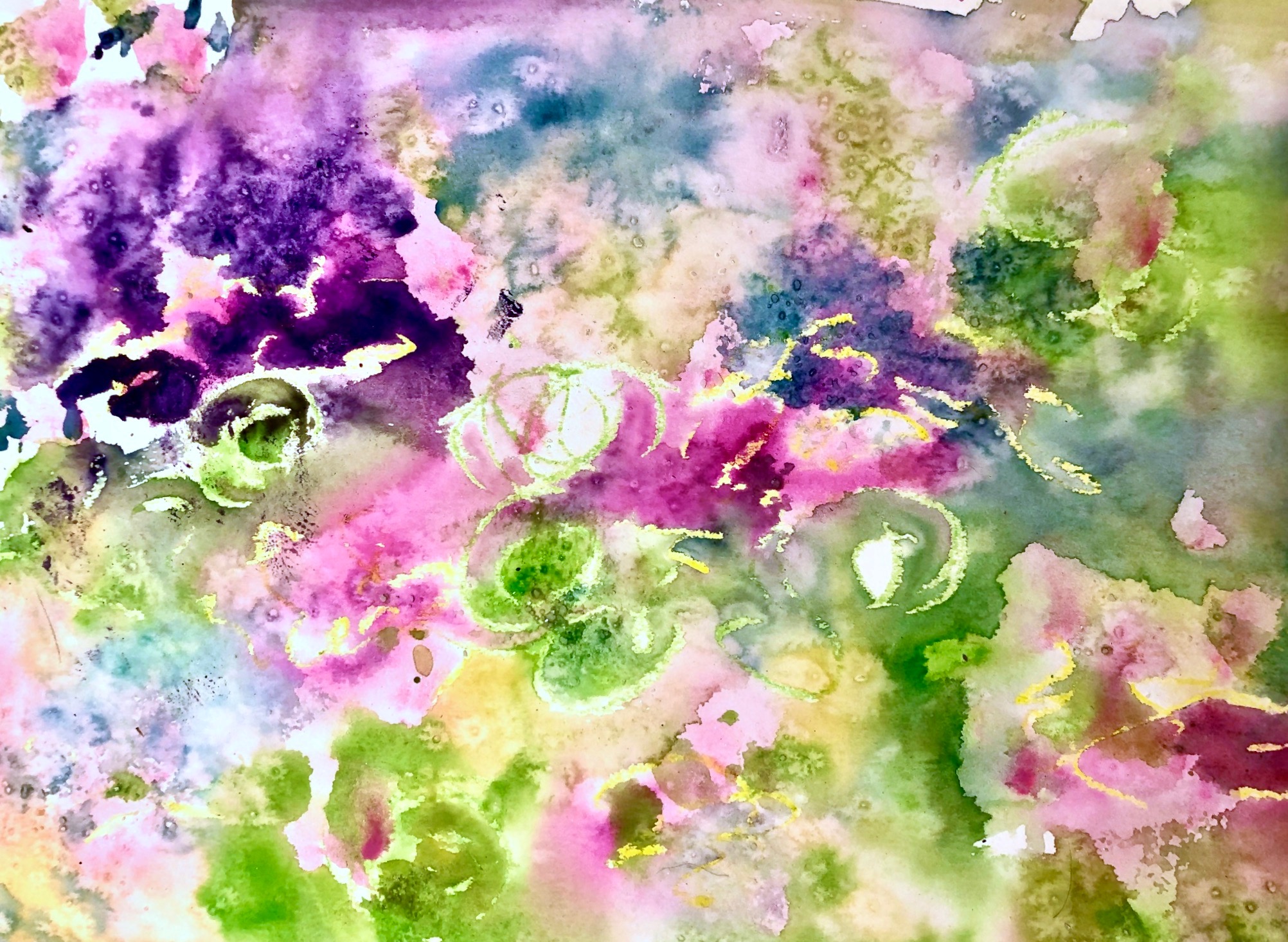Whether or not we are in times of subsuming hardship, stress is an inevitable part of life, given our culture’s overemphasis on productivity, efficiency, and perfection. While we do not have control over incoming stressors, we can control how we respond. Through learning and practicing various self-calming techniques, we can build a stock of resources that stands us in good stead when we are besieged. In this blog series from The Uplands, we are sharing our favorite ways to self-regulate in times of distress in order to find our peaceful center.
Creating art is one way to avert distress and release tension when it arises. While we engage in art activities, our brains produce the neurohormone dopamine, also known as “the happy chemical”. Dopamine affects learning, motivation, mood, and attention, and is a key physiological component when battling depression and anxiety. Recent studies demonstrate that artistic activities for clients with mental health disorders can not only reduce stress and anxiety, but reduce their symptoms of age-related cognitive decline and neurological disorders.
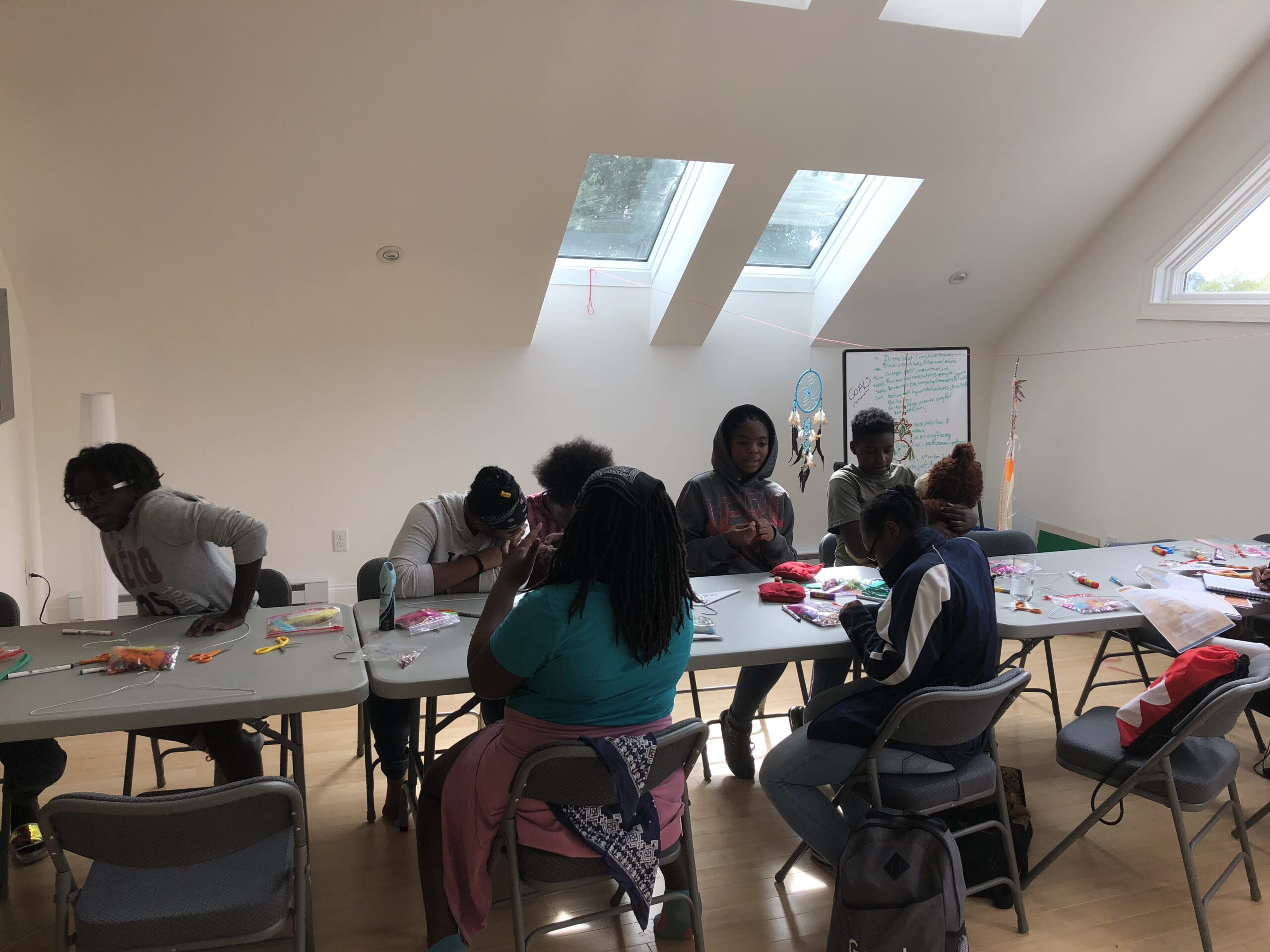
Beyond the physiological responses to art activities, they can also be an outlet for personal expression. Many artists describe their experience in creating art as one of self-discovery, emotional release, and flow. Here’s what Lizzie Murphy, a designer and artist at The Uplands, has to say about the power of art:
“Art has become my meditation. I surrender to the creative process, release attachment to results, close down the noise in my head and the noise all around me, and open to what is speaking deep inside. As the poster on my studio door says- ‘Into the ocean I go to lose my mind and find my soul.’ I can testify that accessing my essence through art, however fleetingly, centers and anchors me, allowing me to endure any storm!”
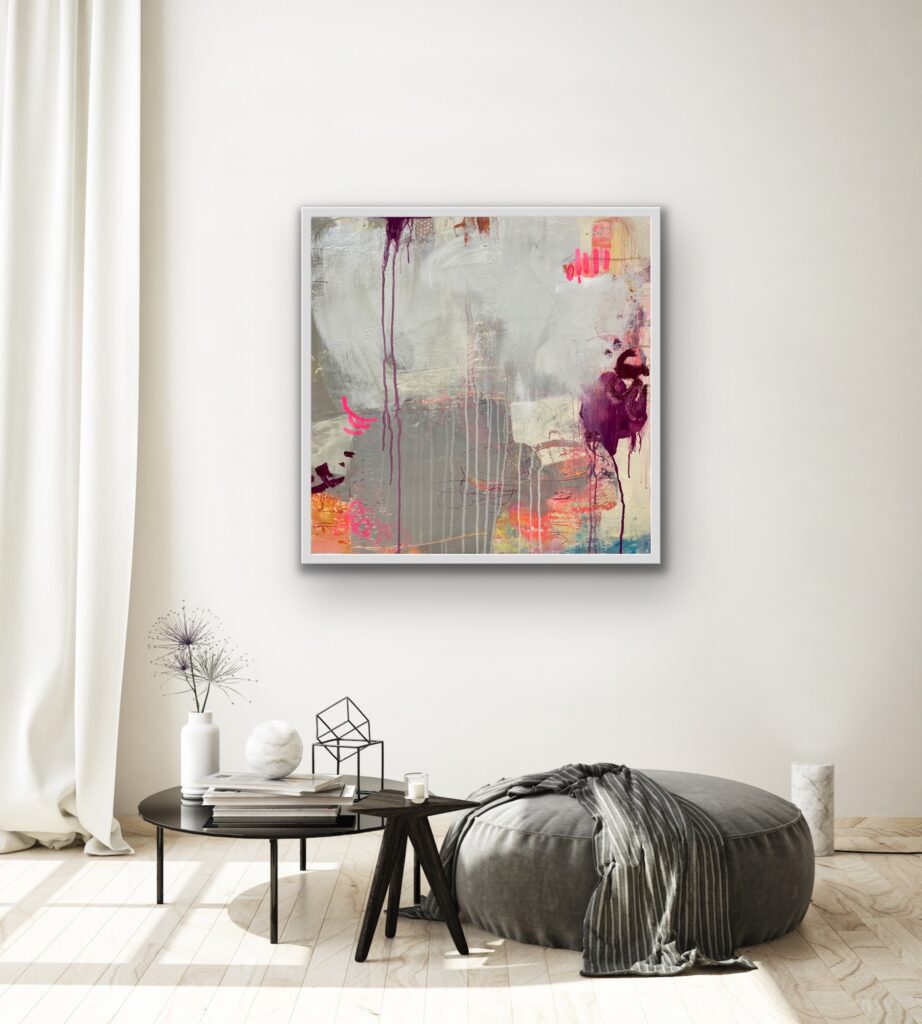
Leah Cerf, a co-founder at The Uplands Center, describes how incorporating artistic creation as a mindfulness activity into her life has improved her mental health:
“Art honors what is. When you put watercolor to paper, it flows how it will flow. Free art making, without an agenda, allows us to set aside time for non goal oriented activities and allows us to learn the art of beholding what is. Making art also gives us insight into how hard we are on ourselves- do we instantly judge our work, criticize it, and try to fix it? Or do we honor the activity itself, letting ourselves flow, free of judgment in the realm of creativity? Essentially, art allows us to practice non-judgment, and reminds us we can simply observe and behold what IS instead of always trying to have a tight controlling grip on a particular outcome we want. It is a lesson in being in the moment; a lesson that we can then transfer to other areas of our lives.”
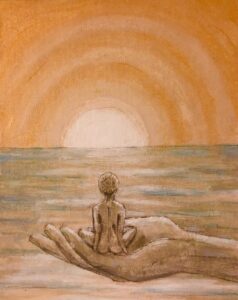
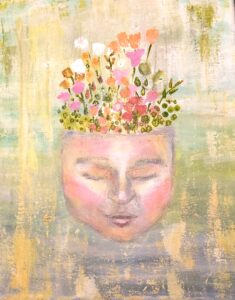
Claudia Sabino, a psychotherapist who commonly incorporates art into therapeutic programming, reveals the grounding and inspiring nature of art in her life:
“Making art brings me back home to the natural state of my being. I am transported to a peaceful zone, where my heartbeats align with joy. All worries and concerns fade away into a new horizon of opportunities and new discoveries! Inspiration sprouts!!! And creativity bubbles up from an endless fountain!”

By no means must you be a talented artist to get the positive benefits described. The lowered stress response demonstrated in art therapy studies were not correlated with artistic expertise. Anyone who engages in painting, drawing, sculpting, or scribbling can activate the pleasure response in their brain! According to art therapy professionals, it’s the process that matters – not the product.
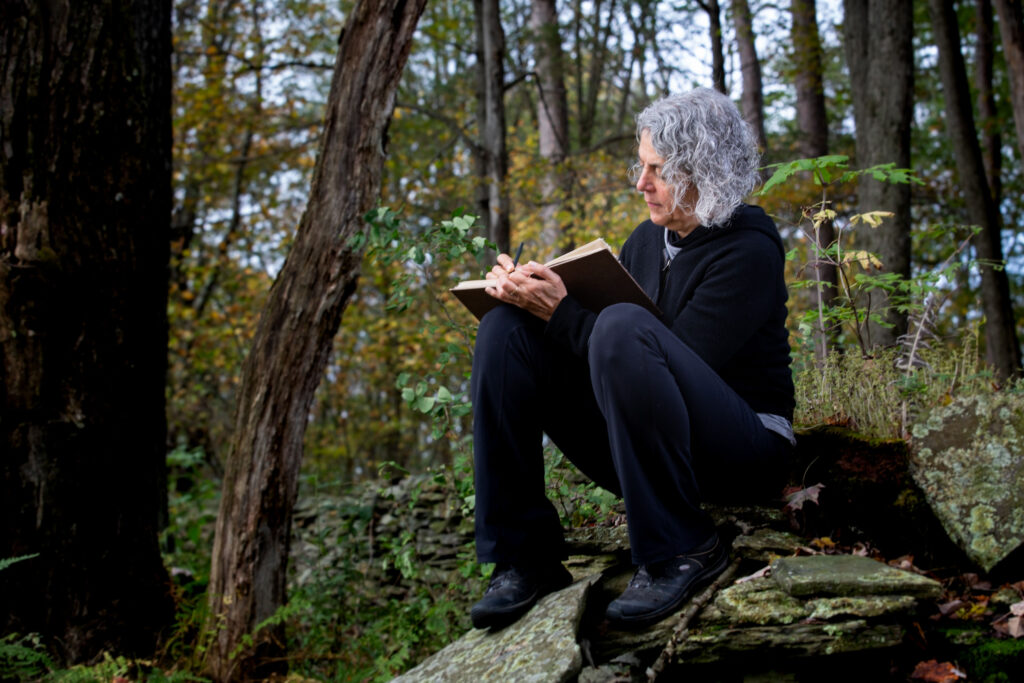
But if making art doesn’t resonate with you, simply looking through an art gallery (even online) has been shown to decrease levels of the stress hormone, cortisol. Spending time with art can train our minds to pursue pleasing patterns and shapes, and searching for beauty in general is a great way to improve your mental health. You may even find that the “everyday” sights become more alive and vibrant with beauty.




